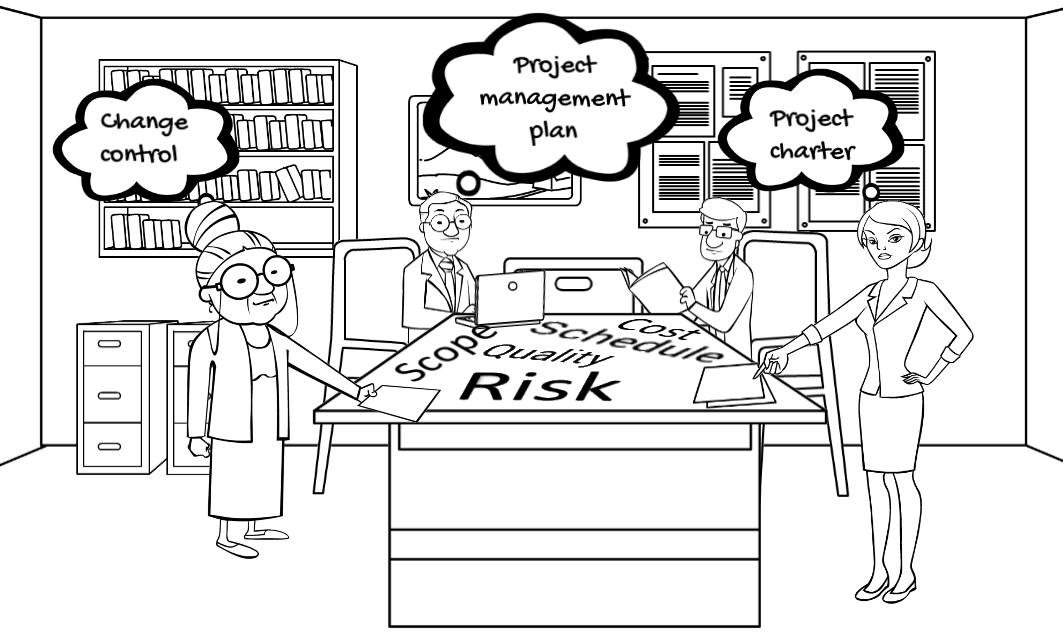Blog

Project Integration
- by Donald Horsburgh
-
in Blog
-
Hits: 645
What holds a project together? That would be integration management This process supports the development of artefacts such as a project charter (created during the initiation phase).
The project charter provides an overview and confirms the project manager's level of authority. A project charter typically includes an initial scope, high-level budget, scheduled milestones, and a list of the key stakeholders.
Project elements, such as scope, schedule, cost, risk, and quality, are inter-dependent and need integrated management. Making a small change to any of these key attributes could have a big impact in other parts of your project, a lot like a game of Jenga especially towards the end! Project integration is what you do to manage these elements and make the minimum changes whilst still delivering the desired project outcome.
Another key artefact is the project management plan, which is developed as a roadmap for the project. Once created, the project plan is approved by stakeholders and sponsors, and then it is monitored and tracked through a change log as the project progresses.
The project integration area also includes the directing and managing of the project work to achieve the project outcome. This process is monitored, analysed and reported on to identify and control any changes or problems that might occur. That way, you can decide what you need to do to keep your project on track, how to reallocate.
Also, any change control will be carried out within this process. That might require request forms, approval from sponsors or other governance bodies. Change control forms part of the project closure at the end of the project.
